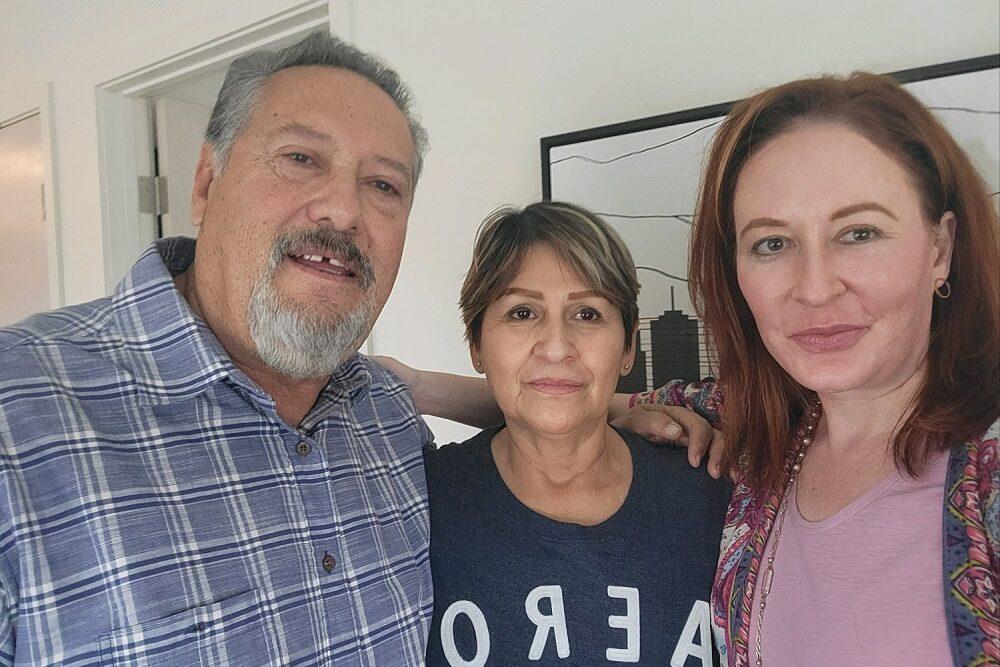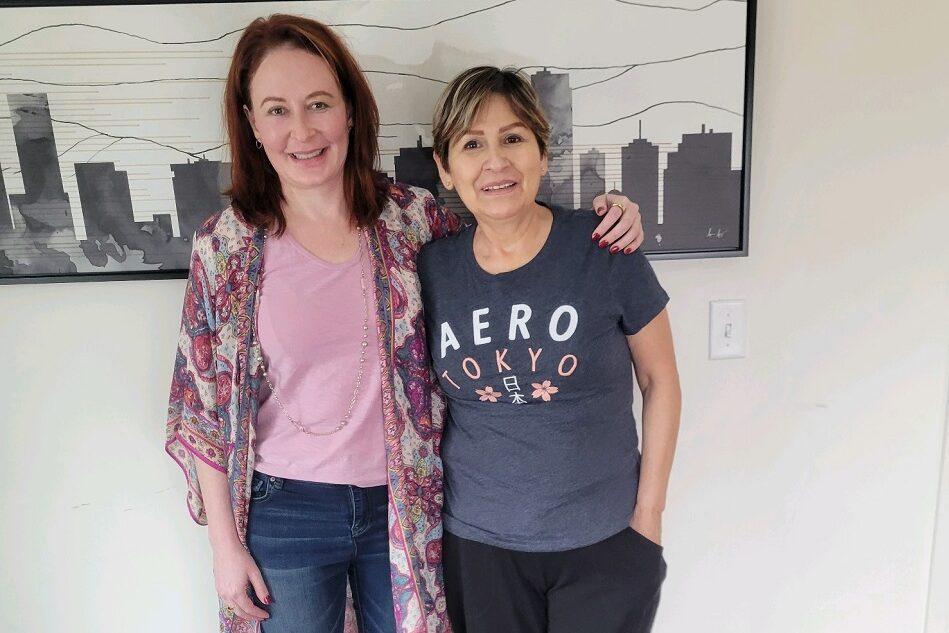
No one likes to undergo surgery — let alone a major one — so Rachel Davis worried people might think she was a bit strange when they found out she planned to donate part of her liver to a stranger.
“At first I had a lot of self-stigma too. Like, this is a really weird thing to do. Why are you doing this?”
Davis, 43, a psychiatrist and associate professor at the University of Colorado Anschutz Medical Campus, said she began to think about becoming a so-called non-directed donor two decades ago, during her first year in medical school, when she learned how liver donations work.
“As soon as I heard that you could donate part of your liver and it would grow back, I thought, that is really cool. I want to do that,” she said.
She even reached out to and met the director of liver transplants connected to the school, who explained that she’d need extensive physical and psychological evaluations to move forward.
“As a 21-year-old, that kind of freaked me out. And [I thought] I don’t know if I really want to do that.”
She didn’t have time as a medical student anyway. So, Davis put the idea on the back burner — until, about a year and a half ago.
“I saw an article and there was a link to fill out the form [to donate] and, without even thinking, I just filled it out,” she said. “I got a call the next day.”
She underwent rigorous medical and psychological testing and everything came back normal. Then, in January 2022, doctors removed more than half of Davis’ liver and transplanted it to a woman in a nearby operating room. Davis didn’t know who the recipient was.
Davis said the recovery was intense. She spent seven days in the hospital and took a month off of work. She has a huge scar that goes from her rib cage to below her navel, and sometimes if she stretches, she said, it feels kind of tight, but that’s about the only side effect. Her liver has grown back to nearly the same size.
Davis said while she was initially embarrassed to tell people what she’d done, she isn’t anymore. She’s on a mission to urge more people to do the same. Dr. Elizabeth Pomfret, of UCHealth, who performed Rachel Davis’ surgery, said that when it comes to transplants, there are always more patients in need than available donors.
“Each year about 20 percent of the people who are waiting for [a liver] transplant die waiting or become too sick for a transplant,” said Dr. Pomfret, who works as a team with her husband, Dr. James Pomposelli, who transplanted the portion of Davis’ liver into her recipient.
Most organ donations come from deceased people, but the number of living donations — of kidneys or a portion of a liver — is increasing. And while a majority come from a friend or relative, doctors and others like Davis are trying to get the word out that non-directed donors are needed.
Dr. Pomfret said Rachel Davis shares many of the characteristics of the typical non-directed, donor she operates on. Many work in the helping professions, like health care, or in the military or have a strong religious affiliation.
A professor at Georgetown University has researched those she calls “altruistic donors” for a decade and has done extensive testing, including brain scans, to see if there is something that makes people willing to help strangers in this way different from a typical person. Turns out, there is.
“If you show [these altruistic donors] pictures of people in distress or if they watch somebody experiencing pain, they have a stronger empathic response both in the amygdala and in other brain structures involved in empathy,” said Abigail Marsh, a professor of psychology and neuroscience at Georgetown. “And they seem to have a strong empathic response even to strangers whereas most people, when they respond empathically, [it’s] primarily … to people that they're close to.”
People who make non-directed organ donations agree to remain anonymous and may never meet the person they helped. But in Davis’ case, the recipient, Lety Ortiz, 62, of New Mexico, wanted to meet her donor. So, the two arranged a meeting a few weeks after the surgery at the metro Denver hotel Ortiz and her husband, Manny, were staying at for follow-up treatment.

Ortiz, who’s a native of Mexico, was diagnosed with hepatitis C shortly after coming to the U.S. 17 years ago to be married. She was treated for the illness but she developed tumors on her liver, which doctors twice had to remove. Eventually, doctors told her she’d need a transplant and sent her to the University of Colorado Anschutz Medical Campus for a liver transplant.
Ortiz said through an interpreter that it was an emotional experience to meet Rachel Davis. She said she sees the donation as a miracle from God.
Dr. Elizabeth Pomfret said fewer people with Hepatitis C now need liver transplants because of new treatments, but Pomfret said the need for donors remains. That’s in part because of the rise in alcohol-related liver disease, which she said was exacerbated during the pandemic due to factors like isolation, job loss and other stressors. She notes that during the pandemic, the hospital has also been seeing a younger cohort of people with end-stage liver disease due to alcohol abuse.
“And that's been very disturbing and sad, you know, to see people in their thirties, late twenties even, coming in very, very ill,” said Pomfret.
For Lety Ortiz, the story has a happy ending. Not only is she in good health, but she and her husband are expecting a visit soon from Rachel Davis, who they’ve invited to visit their town of Santa Teresa, New Mexico. The couple plans to take Davis to one of the best steakhouses in nearby West Texas and Lety Ortiz wants to introduce her children to the woman whose generosity helped save their mother.








